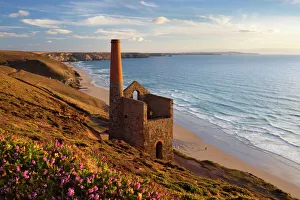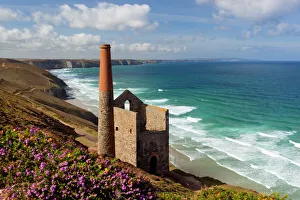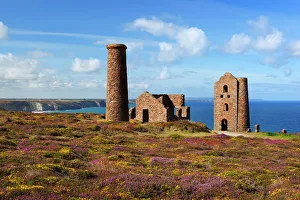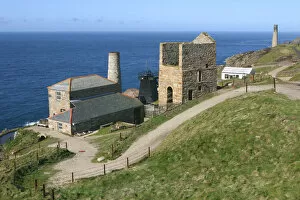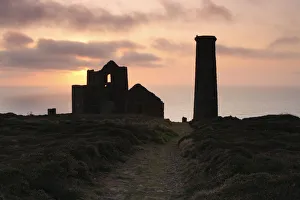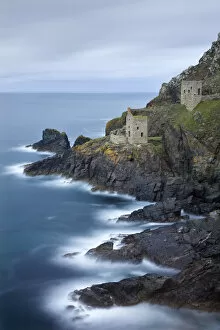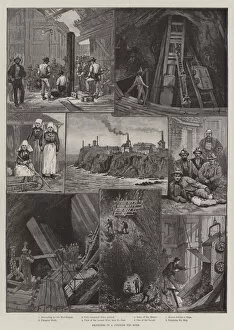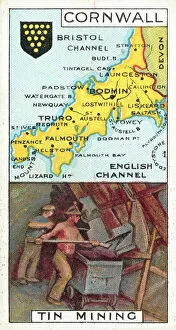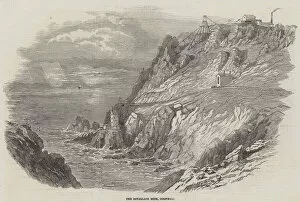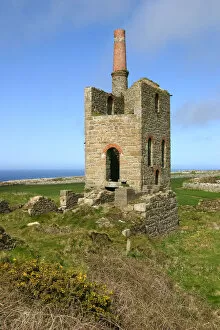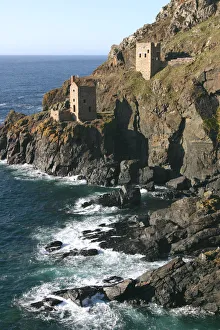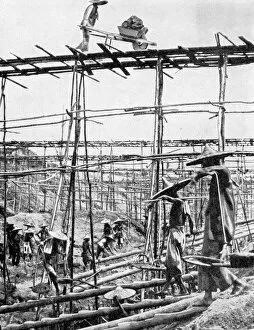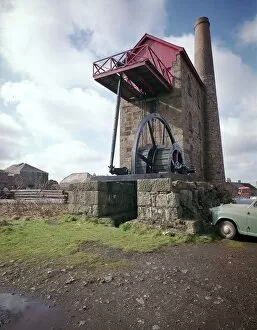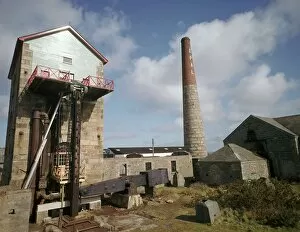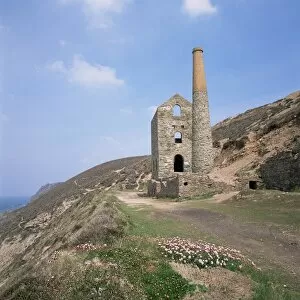Tin Mining Collection
Tin mining, a historic industry that shaped the landscape of Cornwall, England
All Professionally Made to Order for Quick Shipping
Tin mining, a historic industry that shaped the landscape of Cornwall, England. The ruins of Wheal Coates Tin Mine engine house near St Agnes stand as a testament to the once-thriving tin mining operations in the region. These remnants evoke a sense of awe and wonder, transporting visitors back in time to an era when this area was bustling with activity. Levant Mine, another significant site in Cornwall's tin mining history, showcases the resilience and determination of those who worked tirelessly underground. As the sun sets over Wheal Coates tin mine, its golden rays illuminate the rugged cliffs and create a breathtaking spectacle that captivates all who witness it. The Crowns engine houses at Botallack serve as a poignant reminder of Cornish tin mining's heyday. These structures symbolize both triumphs and hardships faced by miners throughout generations. Sketches depicting life inside these mines offer glimpses into their daily struggles and triumphs. Cornwall's rich heritage is further showcased through chromolithographs capturing scenes from its vibrant tin mining industry. From surface works at Great Wheal Vor Tin Mine to Prince and Princess Wales descending into Botallack Tin-Mine - these engravings immortalize moments that defined an entire community. Notable figures like Sir John Morshead, Lord Warden of the Stanneries during the late 18th century, played instrumental roles in shaping Cornwall's tin mining legacy. Their contributions are commemorated through historical records and artifacts that continue to inspire future generations. Today, while Cornwall's tin mining industry may have diminished significantly compared to its past glory, its impact remains deeply ingrained within local culture and identity. The ruins scattered across this picturesque landscape serve as reminders of an era when hard work beneath the ground fueled economic growth above it. As we explore these sites steeped in history, let us remember those who dedicated their lives to extracting this precious metal from deep within Earth’s embrace.

